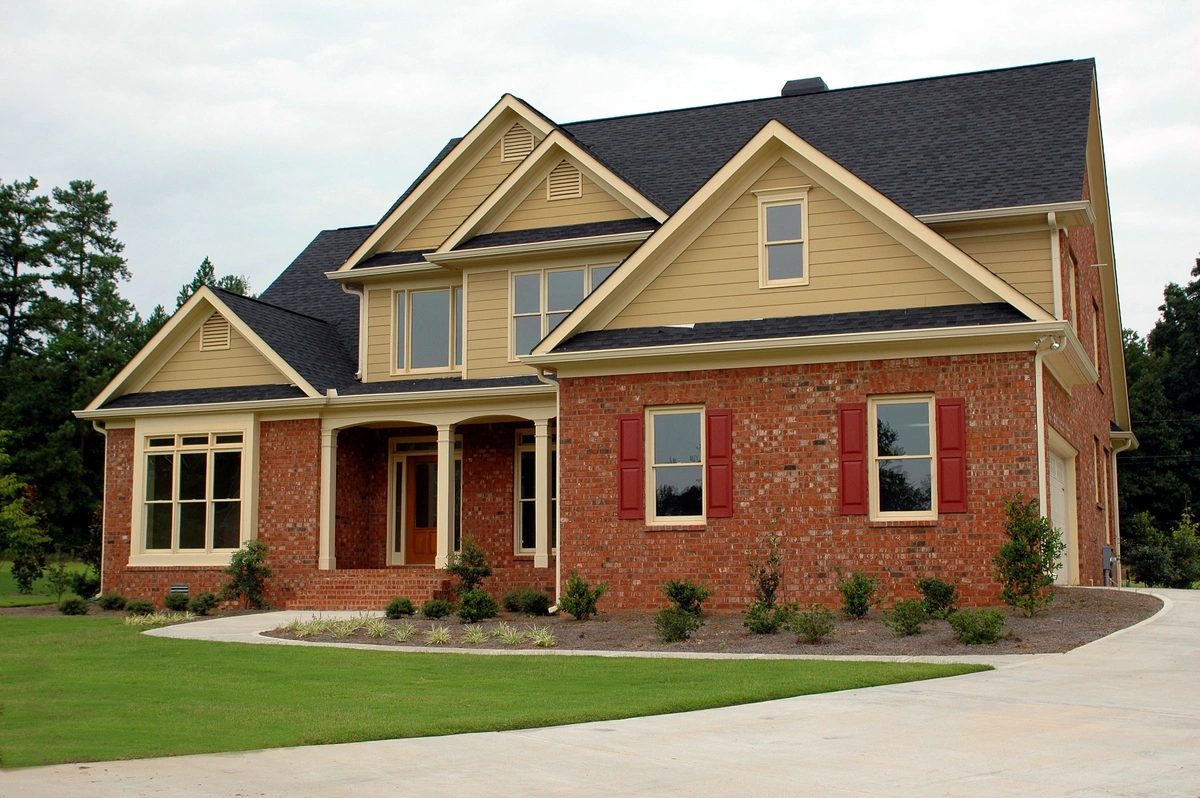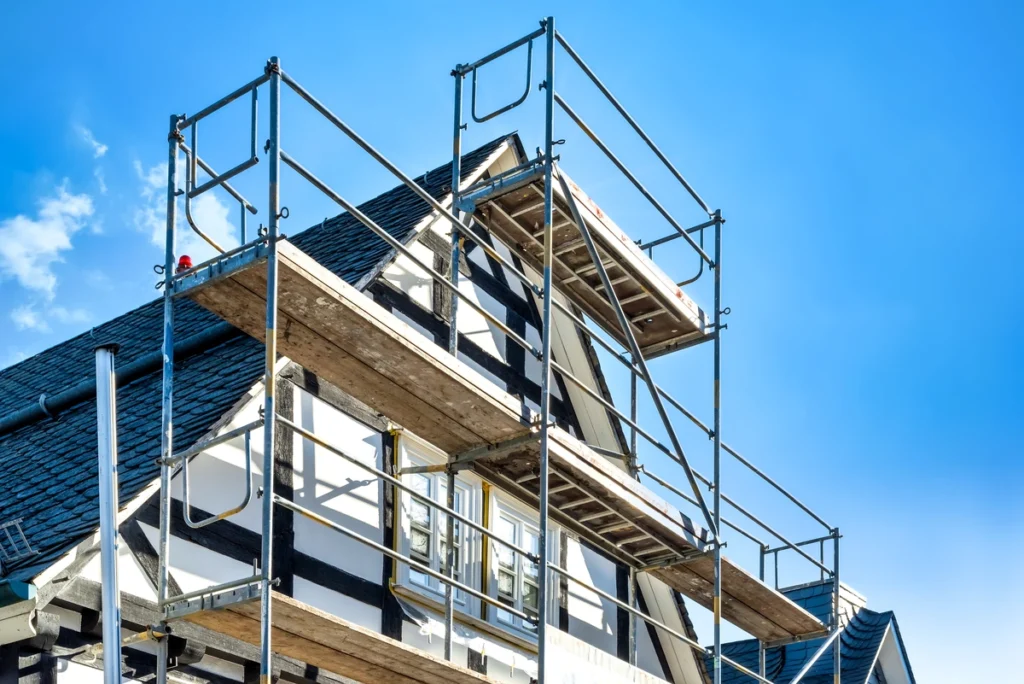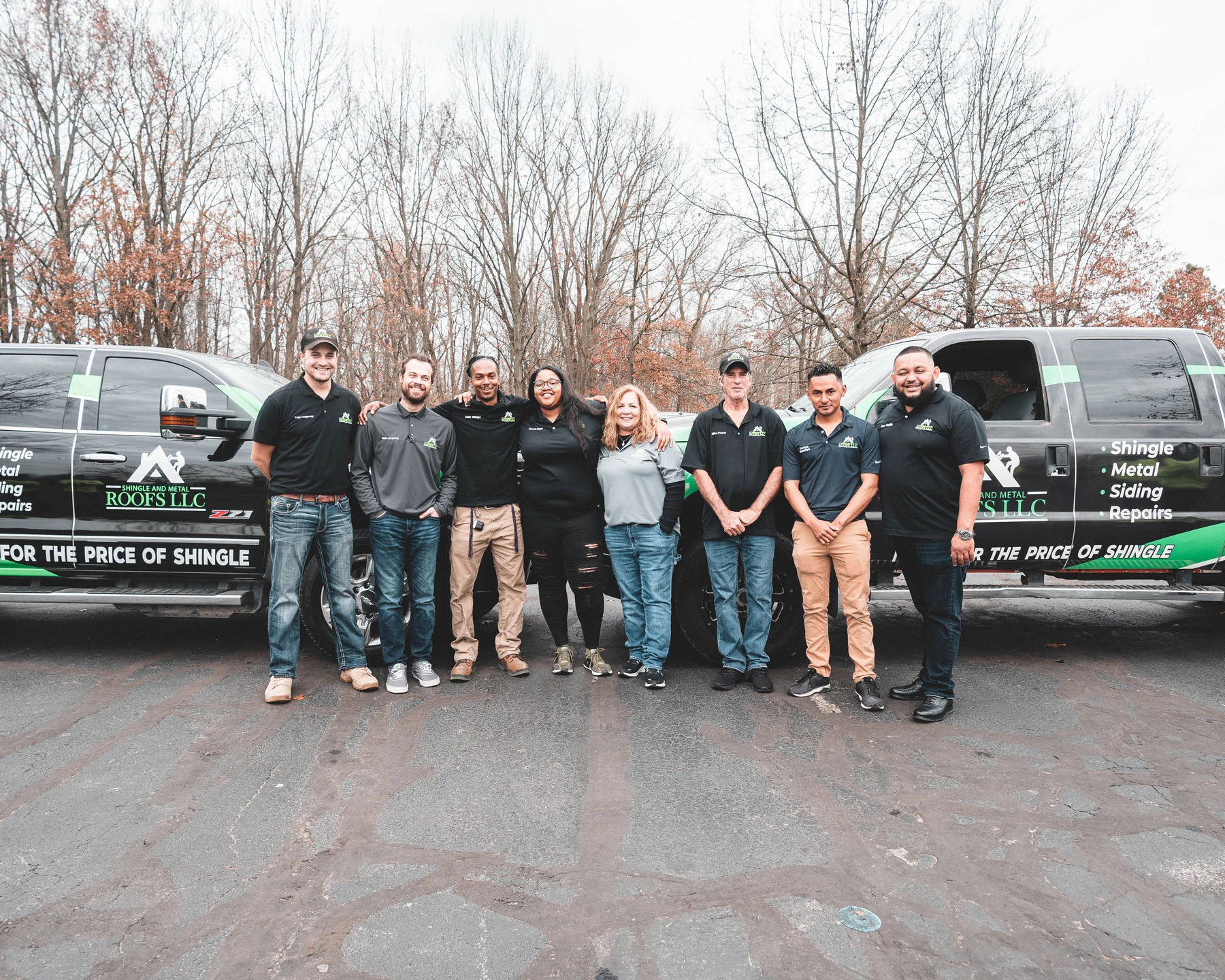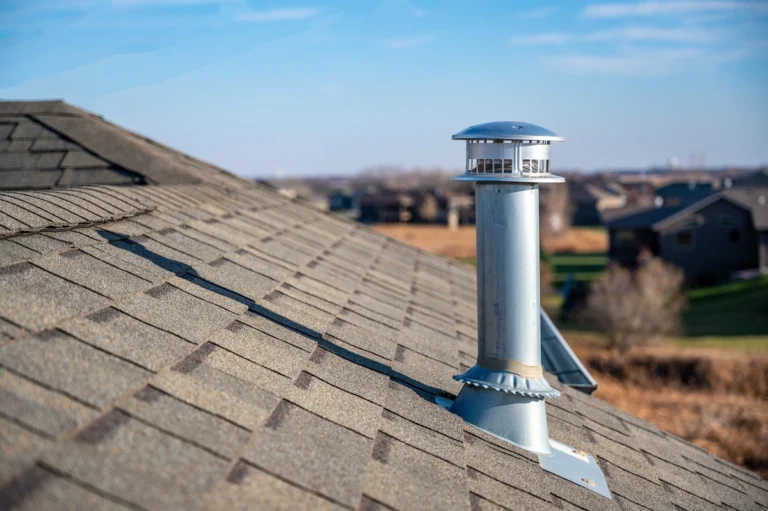
Homeowners and property managers must stay informed on the latest roofing trends and advancements to ensure a smooth roof replacement. We will look at the signs indicating you need a new roof, how to prepare for a roof replacement, and what to expect during installation.
Whether you’re dealing with asphalt shingles or metal roofs, understanding will help you to make better decisions when working with a reputable roofing company.
Signs You Need a Roof Replacement
Knowing when to replace your roof is essential for maintaining a safe and secure home. One of the primary signs that you need a roof replacement is visible damage to your shingles.
Cracked, curled, or missing shingles indicate that your roofing material’s integrity has been compromised.
Another is the presence of moss on your roofing paper. Moss can cause deterioration by trapping moisture against the surface of your roofing materials.
Excessive moss growth can speed up wear on asphalt shingles, metal roofs, or roofing materials over time.
Consider the age of your current roof when assessing its condition. Most residential roofs have a lifespan ranging from 20-30 years for asphalt shingles and up to 50 years for metal roofs.
Preparing For A Roof Replacement
Before installing a roof replacement, take steps to ensure a smooth and efficient experience. First, select a reputable roofing contractor with a proven track record.
Homeowners should take several practical actions. First, relocate vehicles away from your house, preventing potential damage or obstructing workers’ access to materials and equipment.
Lastly, consider the impact on children and pets in the home during this time; keeping them safe should be a top priority.
The Roof Replacement Process

The roof replacement process typically involves several steps.
Inspecting The Roof
Before diving into the roof replacement process, have a thorough inspection performed by professional roofers.
During the inspection, experts look for signs such as damaged or curling shingles, granule loss on asphalt shingles, rusting metal drip edges or flashing, and any visible sagging areas in the roof sheathing above.
They will assess components like ridge vents or eaves for proper air circulation to maintain a healthy roofing system. The assessment allows homeowners to understand which materials might best suit their needs.
Preparing The Site
Before the actual roof replacement process, the site needs to be prepared. The area around your home must also be cleared of any debris. Reputable roofing contractors usually lay tarps or plywood over sensitive areas such as landscaping beds or walkways.
Overall, preparing the site ahead can minimize unexpected damages and ensure a smooth transition into taking down old shingles and putting up new ones without any hindrances along the way., saving you money in repairs after installing new shingles has been completed.
Removing The Old Roof
Removing the old roof installed is one of the most critical steps in replacing your roof. This process is essential to thoroughly inspect the wood decking underneath and prepare for installing the new roof.
Professional roofing contractors are recommended for this task as it can be labor-intensive and require specialized tools. In addition, without properly removing your old roof, adding another layer on top can add weight to your home’s structure.
Repairing Or Replacing Underlying Materials
Your roofing contractor will inspect and repair any underlying materials that may have been damaged. This includes checking the metal roofing deck, which can be made of plywood or oriented strand board (OSB), and ensuring it’s sturdy enough to support the new roofing material.
Check for any damage to the insulation in your attic space since this can affect your home’s energy efficiency. If there is significant moisture damage, you must replace it with new insulation during a new roof installation.
Check the flashing around pipes, chimneys, and valleys on your roof. These areas are prone to leaks if not installed correctly or replaced when needed.
Installation Of The Underlayment

Installing a new underlayment is a critical step in the roof replacement process. The underlayment acts as a waterproof barrier between the shingles and the deck, protecting your home from water damage caused by rain or melting ice.
When installing a new roof with asphalt shingles, it is essential to have proper ventilation to prevent moisture buildup that can lead to mold or rotting wood.
Using appropriate materials for flashings and vent boots can also help prevent leaks around chimneys and other protrusions on the roof.
Installation Of The New Roof
After the old roof has been removed and any underlying damage repaired, it’s time to install the new roof. This process begins with installing an underlayment as a barrier between your roofing material and your home’s structure.
Regardless of the roofing material, it’s vital to ensure it is correctly installed with adequate ventilation to promote air circulation and prevent moisture buildup.
Finally, once all edges have been secured and trimmed, a final inspection should be conducted to ensure everything is up to code and any leftover debris has been cleaned up.
What You Should Know About Roof Replacement
Roof replacement is a significant investment that requires careful consideration. If you want to ensure the longevity of your roof, it’s essential to choose a reputable roofing contractor who can provide high-quality materials and installation.
Factors such as weather conditions, existing roof material, and the size of your house can affect the cost of a new roof replacement. For instance, metal roofs are more durable than asphalt shingles but come at a higher price point.
It’s important to keep in mind that proper installation is key when it comes to getting long-lasting results from your new roof. This means ensuring air circulation around the eaves and edges of the roof during the roof installation process for optimal performance over time.
Conclusion
Getting a new roof can be a stressful experience, but with the correct information and a reputable roofing contractor, property owners can expect a smooth process. From identifying signs of damage to choosing the best materials and roofing professionals, this guide has covered everything you need about a roof replacement.
Remember to find the right roofing contractor and negotiate any costs or insurance claims before starting this essential home improvement project.






